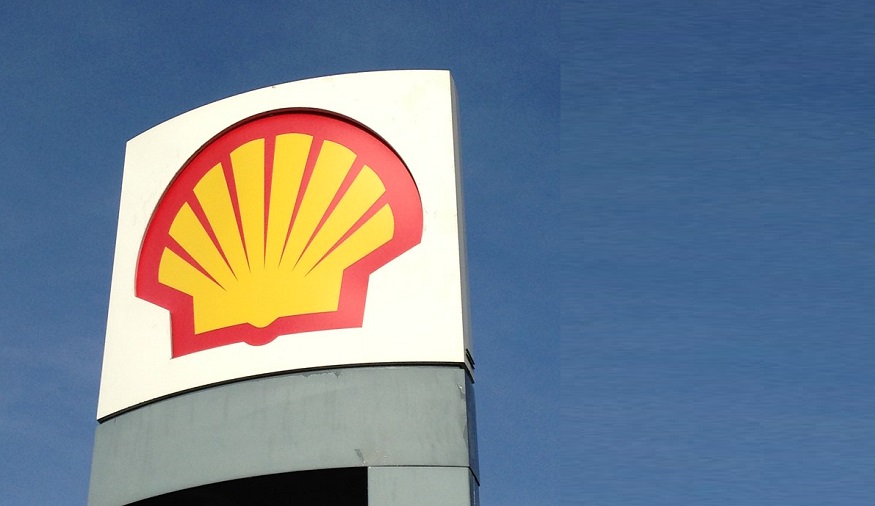
Royal Dutch Shell joining Norwegian clean hydrogen project
July 15, 2021The project involves H2 production using natural gas combined with carbon capture technology.
Royal Dutch Shell (AMS stock symbol RDSA) is joining a Norwegian project for the production of clean hydrogen using natural gas with carbon emissions capture. The announcement was made this week by Aker Clean Hydrogen (ACH, FRA stock symbol 52N).
European countries are seeking new ways to produce H2 with reduced or zero emissions.
Clean hydrogen is viewed as an important step toward decarbonizing Europe and many other parts of the world in an effort to combat climate change. Green H2 is used by splitting water with an electrolyzer powered by renewable energy sources.
H2 produced in a facility powered by natural gas is considered to be clean provided that the carbon dioxide emissions are captured for permanent storage. While it still produces carbon emissions, it is considered an improvement over the current methods, which allow the CO2 emissions to be released into the air.
Partners in this clean hydrogen project’s MoU are ACH, Shell, and CapeOmega.
ACH, Shell and CapeOmega, an infrastructure investor from Norway, have signed a memorandum of understanding (MoU) for building a large-scale H2 production facility in western Noway at Aukra, said a statement from ACH. The renewable energy produced would be used for decarbonizing local industries, as well as for vehicles and ships operating emissions-free, or for export to the rest of Europe.
The Nyhamna gas processing plant is located close to the project and will be supplying the natural gas to be used for H2 production. Shell is the Nyhamna plant’s technical service provider. That plant process its natural gas from its Ormen Lange field and from Equinor’s (NYSE stock symbol EQNR) Aasta Hansteen field located off Norway.
Shell has announced that it is seeking to reduce its greenhouse gas emission to the point of net zero by 2050. This clean hydrogen and other renewable energy projects will play a central role in the company’s strategy to reach that target. It is also a partner with Equinor and TotalEnergies in a joint venture project for building permanent CO2 storage facilities off Norway.




 With over 15 years of reporting hydrogen news, we are your premier source for the latest updates and insights in hydrogen and renewable energy.
With over 15 years of reporting hydrogen news, we are your premier source for the latest updates and insights in hydrogen and renewable energy.
Production of grey hydrogen by the steam reforming of fossil methane (SMR) is widely used around the world by oil refineries and petrochemicals. Here in the UK around 1.5 million tons are produced annually this way. For each kilo of hydrogen produced by SMR, 9.3 kilos of CO2 are released, so in the UK these industries have been producing around 14 million tons of CO2 each year which is not captured. Carbon capture that Shell intends to use at this new facility is only up to 95% and usually a lot less because of the nature of chemical equilibria which is why the hydrogen is called blue hydrogen, so this project will release substantial amounts of fossil CO2.
That said, the demand for hydrogen is growing much faster than production by electrolysis, so SMR of fossil methane with CCS is a valuable stepping stone on the way to net zero fossil carbon emissions by 2050, but needs to be phased out by then.
Steam methanation of natural gas is the only feasible source for high volumes of hydrogen. The “game changer” is to use Renewable Natural Gas as feedstock rather than fossil natural gas. Due to the “carbon capture” of conversion of biogas from organic waste (animal waste, municipal waste, landfill gas, food waste) to Renewable Natural Gas, you have an inexhaustible supply of RNG in addition to decrease in Green House Gases. Every country in the world can produce RNG because every country has animal waste, municipal waste, landfill gas and food waste. RNG is a renewable fuel and produces Green Hydrogen rather than Grey Hydrogen. RNG can be transported in existing natural gas pipelines. Hydrogen can be produced “on site” using HyGEAR from Xebec Adsorption making it possible to transport RNG in existing natural gas pipelines. Allows for short range transport of hydrogen with only minimal need for “hydrogen safe” pipeline. The only way to get Green Hydrogen with electrolysis is to use Renewable Electricity produced at wind/solar/hydro farms. Massive new hydrogen safe pipeline infrastructure would be necessary to transport the hydrogen from the Renewable Electricity farm to the end user of hydrogen. It makes no sense. In addition to producing hydrogen, RNG can be used interchangeably wherever fossil natural gas is used today–cooking, heating, fuel for electric power plants, industrial uses for natural gas. As a “bonus”, RNG can also be used as a replacement fuel for diesel powered engines in transportation at a huge reduction in cost compared to any attempt for Total Electric Transportation with CLass 8 Heavy Duty Trucks.